Searching for Stone -How is Chang'e Stone discovered?
Author:Guangming Daily client Time:2022.09.09
Two years ago, Chang'e 5 brought us back to 1731 gram of the moon's "local specialty". Today, on the eve of the Mid -Autumn Festival of the Chinese National Traditional Festival, we received a gift from the moon, a new mineral.
The gift of "found" is a group of special people -scientific researchers at the Beijing Geological Research Institute (hereinafter referred to as Nuclear Geosciences) of China Nuclear Group Nuclear Industry. More than 60 years ago, these geological researchers were looking for uranium ore on the earth. Today, they look for new mines from the soil of the moon, from "deep" to "deep space".
"what can we do?"
"What can we do?" This was the thinking of a group of geological researchers after the successful launch of Chang'e 5 on November 24, 2020.
As the only comprehensive uranium mineral research institution in my country, scientific researchers at nuclear ground research institutes have been looking for stones -uranium ore on the earth for more than 60 years. Chang'e 5 will return to the earth with the moon soil, which gives them new ideas and pursuits.
"Moon sample research is a typical cutting -edge basic scientific research, which can promote and drive a series of related scientific and technological progress." Said Li Ziying, the lunar research team of the Nuclear Research Institute.
Before the return of Chang'e -5, the nuclear ground research institute has taken action. After ideological collisions, they identified the research direction- "Study on the Nuclear Energy Element Energy Element Election Energy Element of Chang'e 5" and began to form a moon sample research team.
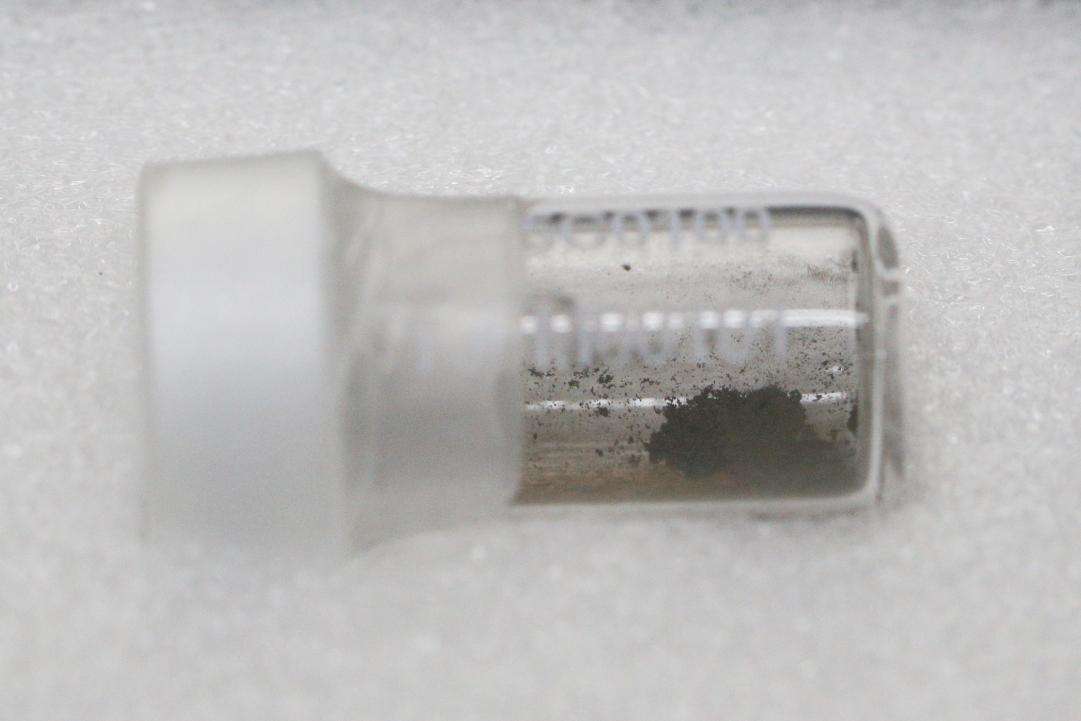
(Monthly sample)
Then, applying for a lunar sample, fierce competition. In January 2021, the State Space Administration issued the "Measures for the Management of the Moon Scientific Research Sample". At that time, 85 applications from 23 universities and research institutes passed the preliminary examination. After the on -site defense review, only 31 applications of 13 units were approved by the review. Among them, there were nuclear ground research institutes. They received 50 mg of lunar scientific research samples. Since then, they have won the second and fourth batch of lunar scientific research samples.
Next, they will answer the questions in their hearts with actual actions.
Do not waste every moon soil
On July 12, 2021, this is a day when scientific researchers of Nuclear Research Institute will not forget. On this day, the first batch of 50 mg of Monthly arrived at the Nuclear Research Institute, and they were excited and embarrassed.
"The agreement we signed stipulates that this 50 mg can only lose 20 mg." Huang Zhixin, the head of the first batch of lunar samples of the Nuclear Earth Research Institute, told reporters.
What is 20 mg? "It is probably equivalent to a large rice grain." He said that using each particle and ensuring extremely low sample loss is the consensus of everyone in the team.
Calculated by density, no less than 10,000 particles per 1 mg of the month. The size of the particles is between 1 microns and 150 microns. The small insufficient human hair diameter is one percent, and only one hair is thick. "A sneezing will make it lose trace."
"In the past, the samples of the earth were relatively easy to obtain. The number of samples was very large. It was too laborious to change the sample. You can't lose weight. "Li Ting, a researcher at the Nuclear Research Institute, told reporters.
"Dancer on the tip of the needle"
According to different experimental purposes, scientific researchers need to divide the monthly soil according to particle size and mineral types into 7 groups -picked thousands of tiny -microphone granules, select them in accordance with the group rules, and then put them in different test utensils.
In order not to change the composition of the moon soil minerals and reduce the loss of samples as much as possible, this step needs to be completed under a microscope. Scientific researchers use the nano sampling needle with a needle of less than 0.5 microns, and transfer the moon soil to the corresponding copper pupae, and this action must be repeated at least tens of thousands of times.
"Usually when we choose Earth samples, we can apply Vaselin and other sticky substances to the needle to help dip the sample and then transfer it to other places. A little electrostatic attachment sample produced by friction with particles. "Li Ting recalled to reporters that the original work situation was described as" dancers on the needle ".
This is a process full of hope, sometimes despair, and is extremely patient. Li Ting needs to sit in front of the table for a long time, stare at the microscope, and try to strip the particles less than 0.000001 mg with a slender nano -sampling needle. What is often encountered is that the needle tip is pushing the particles to run back and forth on the glass sheet, but it can't take it. You can only take a deep breath, stabilize the collapse emotions and stiff shoulders to continue try again and again.
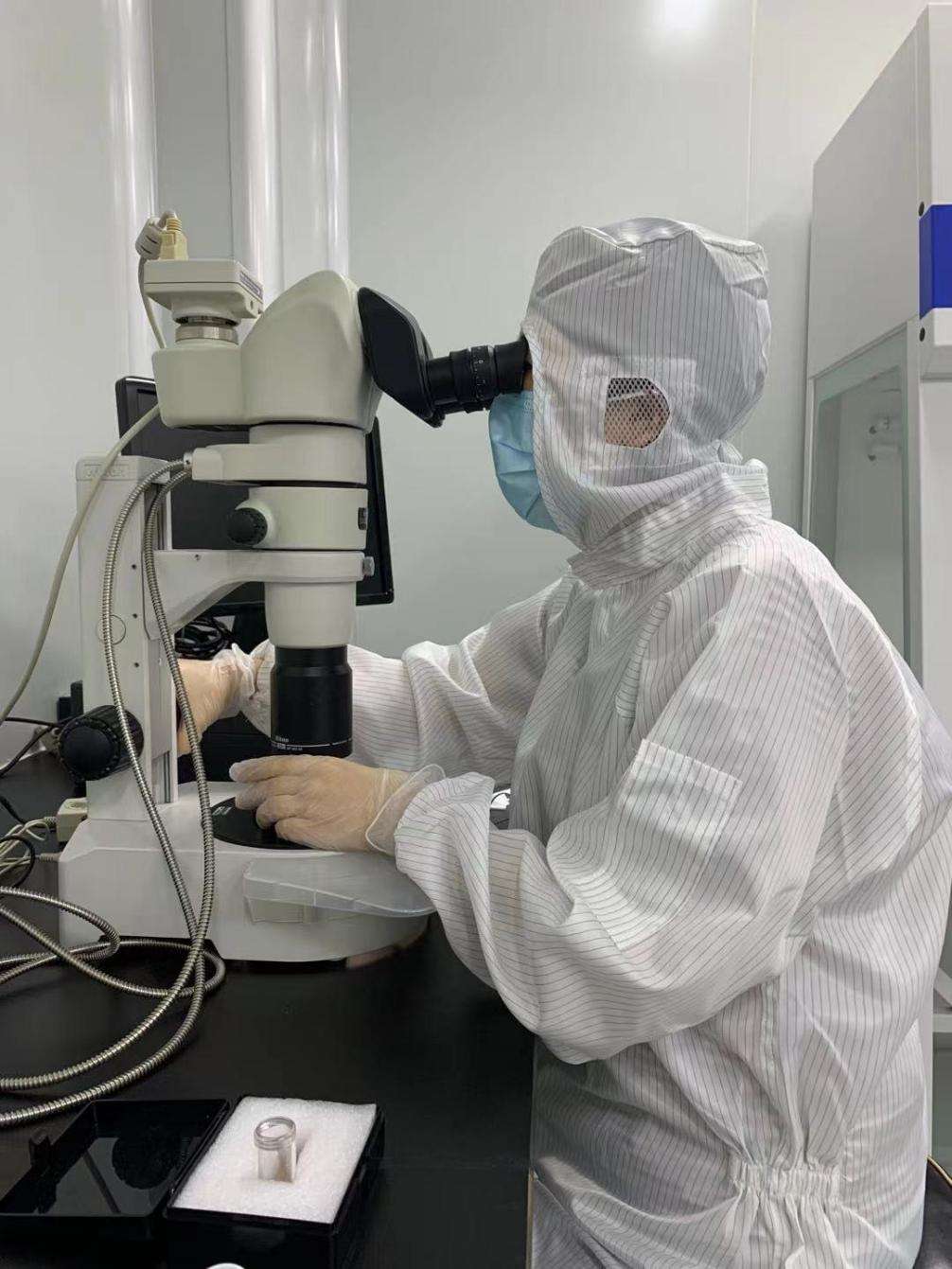
(Li Ting is studying Moon soil samples)
In this way, Li Ting and these months have been "dead" for more than two months. In "Dead", she has a deeper understanding of Yueyang. When analyzing a lot of data obtained, she found that there was a calcium phosphate mineral in the moon. It contains rare earth elements, which can reach the number of mineral structures that we have known in the past.
This discovery made everyone excited. They foresee that this is likely to be a new mineral.
One -140,000th opportunity
Each mineral has its special chemical components (which elements composed of) and crystal structures (ie, how the elements are arranged), which is a sign of their identity. Therefore, a new mineral must be found to find out its chemical composition and crystal structure.
The suspected new mineral found by Li Ting is a monthly soil particles of less than 10 microns. They immediately carried out targeted system research and determined the chemical composition of the mineral. If the ideal crystal structure parameters of its objects are further obtained, it can be confirmed that this is a brand new mineral. However, they failed.
Because the particles are too small and interact with the pyroxyl, there is no way to remove the pyroxin, regardless of the experimental means or the later data processing, so it has been unable to obtain the ideal crystal structure data.
"But we didn't give up." Li Ting said.
They applied for the second batch of lunar samples -the lunar light sample and continued to conduct research. There are about 140,000 particles in this sample, and they once again found the trace of new minerals. However, there is hope that there is only one particle with a single crystal structure, and this one is also cracked into three small pieces. If you want to verify the existence of new minerals, you must separate it and accurately interpret the crystal structure.
"The diameter of the hair is about 70 to 100 microns. The longest side of this particle is 10 microns, and the short side is only about 4 microns, which is 1/20 of the hair wire, so it is very complete to cut it out. Difficulty, and only this opportunity, "Li Ting said.
There is only one chance, which means that they can only succeed and fail, and they are under great psychological pressure. "We have made a lot of plans and carried out some simulation experiments." Zhong Jun, deputy director of the Nuclear Research Institute, told reporters.
In the end, with the help of focusing on ion beam electron microscope, they successfully separated a single crystal particles with a particle size of about 10 microns and less than one -tenth of the diameter of ordinary people with a size of a particle size of 140,000 particles. The whole process took eight hours, but their excitement lasted longer. "When we went back to the laboratory at night, we kept talking on the road, very happy." Zhong Jun recalled.
(Chang'e Stone Structure)

With a mood that can't wait, they then interpreted this single crystal particles and obtained its crystal structure. It was successfully determined that this is a mineral that has never been discovered by humans -Chang'e Stone. name. "Commemorate the Chang'e project of our country, and also expresses our respect for the aerospace industry." Li Ziying said.
Colorless transparent columnar crystals
What does Chang'e stone look like?
Li Ting showed the CT scanning map of the real granules of Chang'e Stone. This is a beautiful columnar crystal, colorless and transparent. It is a kind of phosphate mineral, which exists in basalt. The accompanying minerals include iron olives, monoclontal pyroxyl, titanium iron ore, calcium long stone, oblique stones, square quartz, meteosulfed iron and glass.
(Chang'e Stone ideal crystal diagram)
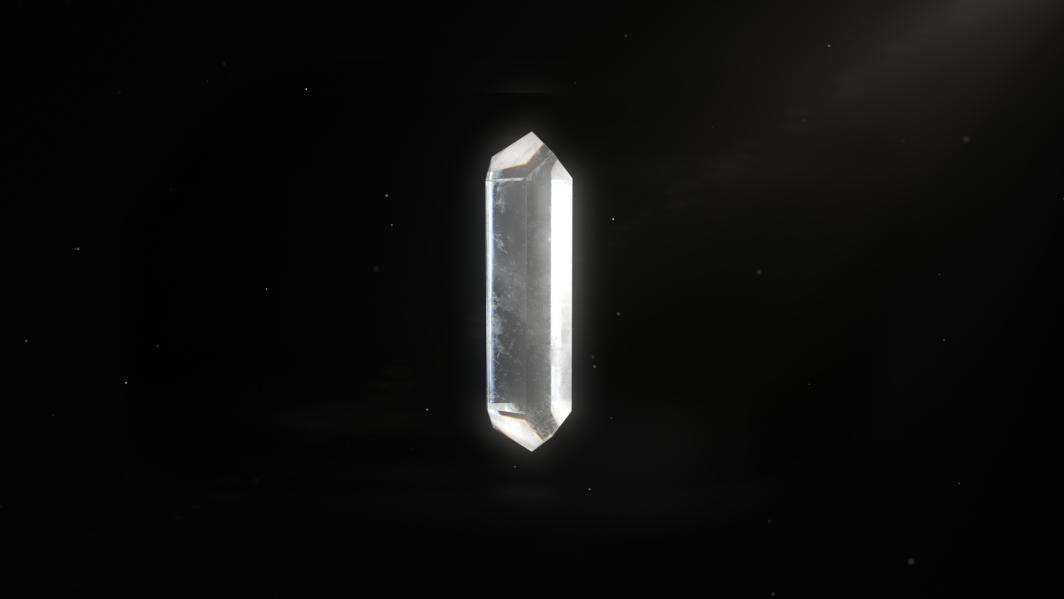
In August 2022, Chang'e Stone was approved by the Naming and Classification Committee of the International Mineral Federation Association, which was confirmed to be a new mineral. This is the first lunar new mineral found in my country, and the sixth monthly new minerals discovered by humans, making my country the third country in the world to discover new lunar minerals.
"For us, it is accidentally found that new minerals of the moon are accidental." Li Ting said that in the past ten years, Nuclear Research Institute has led and participated in the discovery of 17 new minerals, reserving solid mineral knowledge and advanced research technology Essence
Li Ziying believes that the discovery of new minerals will promote the development of mineral disciplines, help the study and evolution of the moon, and help other deep -space detection based on the moon.
For the first time the monthly research of the soil sample, it also successfully obtained the future fusion energy resources of Chang'e 5 in the future of the monthly soil-氦-3 content and extraction parameters, which are the remote sensing prediction and resource estimation of the remote sensing and resource estimation of the subsequent moon-3 resources in my country, as well as The future development of resources provides basic scientific data. In addition, the system has also gained the appearance and mineral composition of the Chang'e -5 lunar sample, which provides a strong support for studying the evolution of the moon and forming the formation.
"This is an important beginning." In the view of Chen Liang, deputy dean of the nuclear research institute, "deep, deep, and deep space" is a major strategic direction in the national resource field. The natural extension of technology, and lunar sample research means that they move from the earth to the moon and explore "deep space".
(Chen Haibo, all media reporter of Guangming Daily)
- END -
Luo Yonghao, never left
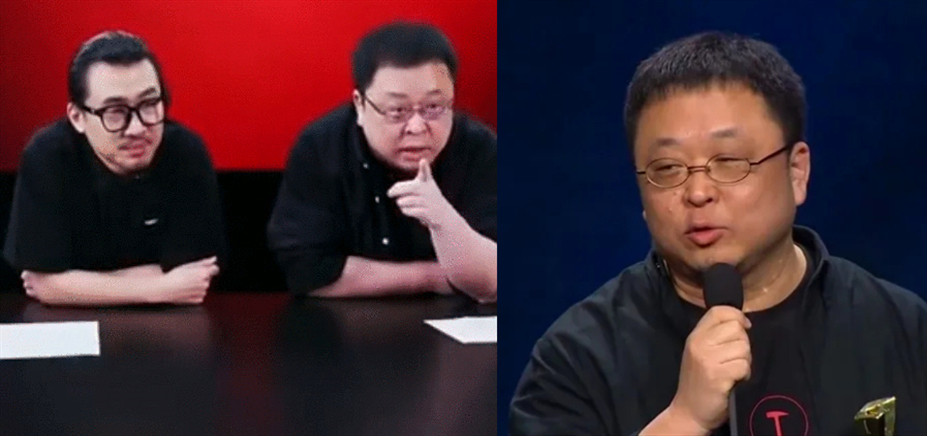
Luo Yonghao used the tongue of three inches to be airborne and the hot search list...
Hongmeng HarmonyOS 3.0 Breaking the news that the part of the component function is updated, or it will be released at the end of this month
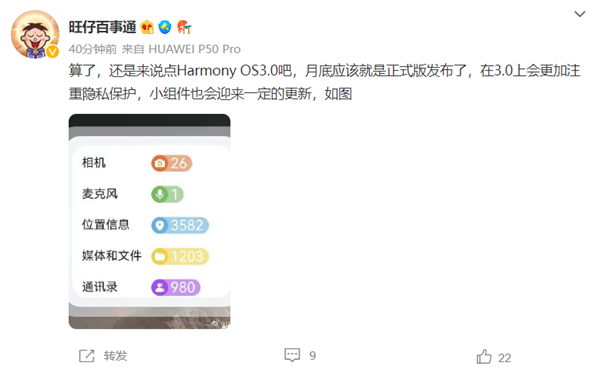
Earlier, there have been news that Hongmeng HarmonyOS3.0 may be released with the ...